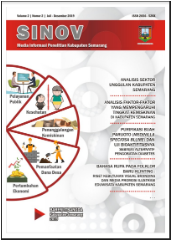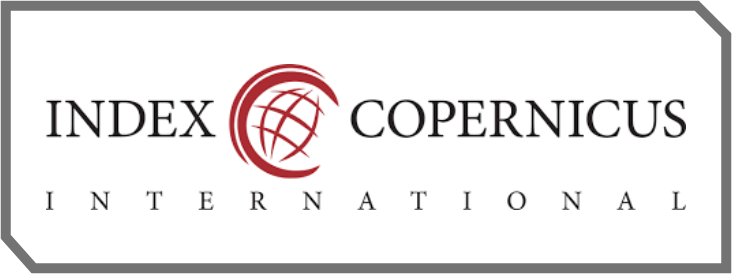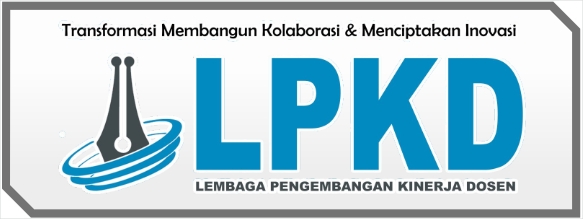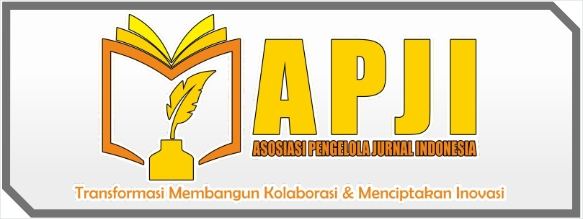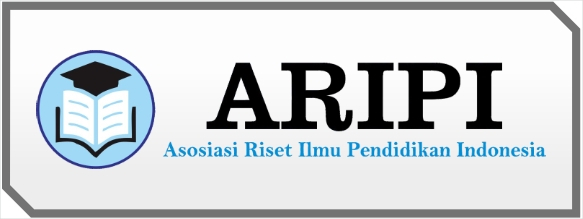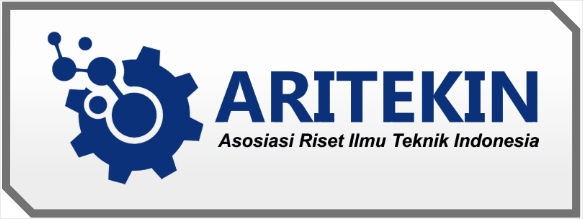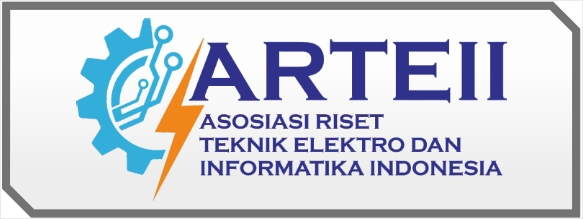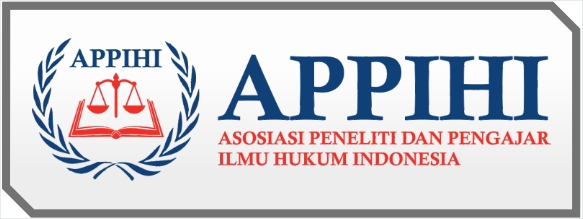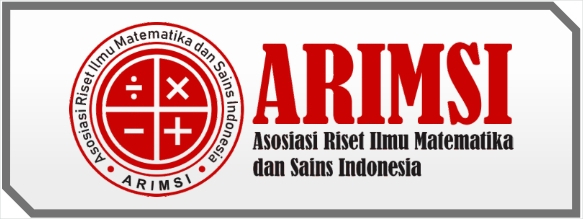Strategi Akselerasi Pengembangan Invensi untuk Meningkatkan Daya Saing Kabupaten Semarang
DOI:
https://doi.org/10.55606/sinov.v7i1.846Keywords:
innovation, regional competitiveness, SWOT analysis, acceleration strategyAbstract
Innovation is an acceleration of achieving development goals in the form of technology, methods, approaches and new business models as improvements to previous conditions so as to increase regional competitiveness. This study aims to identify the strategies that can be implemented by Semarang Regency to increase regional competitiveness that can be generated from its innovation acceleration efforts. The research method used is a qualitative descriptive method equipped with a SWOT analysis and strategies that must be carried out. From the results of the analysis, it is concluded that Semarang Regency has the opportunity to have strong competitiveness if innovation acceleration is carried out while simultaneously reducing obstacles and challenges. Strategies that can be used to support strengthening innovation acceleration include strengthening the capacity of innovative human resources, collaboration between stakeholders and expanding networks to the global market and establishing knowledge transfer to continue to make improvements and support continuous innovation.
Downloads
References
Carayannis, E. G. (Ed.). (2020). Encyclopedia of creativity, invention, innovation and entrepreneurship (2nd ed.). Springer.
Durlauf, S. N., & Blume, L. E. (Eds.). (2010). Economic growth. Palgrave Macmillan.
Engel, J. S. (2015). Global clusters of innovation: Lessons from Silicon Valley. California Management Review, 57(2), 36–65. https://doi.org/10.1525/cmr.2015.57.2.36
Fridman, Y. A., Rechko, G. N., & Pimonov, A. G. (2017). Competitive positions of a region in innovative economic development. Regional Research of Russia, 7, 333–341.
Fuchs, G., & Shapira, P. (Eds.). (2005). Rethinking regional innovation and change: Economics of science, technology and innovation. Springer.
Galardi, M., Moruzzo, R., Riccioli, F., Granai, G., & Di Iacovo, F. (2022). Small rural enterprises and innovative business models: A case study of the Turin area. Sustainability, 14(3), 1265.
Grebski, M. E., Czerwińska, K., & Pacana, A. (2022). SWOT analysis of individual components within the innovativeness ecosystem. Modern Management Review, 27(2), 57–66.
Gupta, H., Kusi-Sarpong, S., & Rezaei, J. (2020). Barriers and overcoming strategies to supply chain sustainability innovation. Resources, Conservation and Recycling, 161, 104819. https://doi.org/10.1016/j.resconrec.2020.104819
Hartley, J., Sørensen, E., & Torfing, J. (2013). Collaborative innovation: A viable alternative to market competition and organizational entrepreneurship. Public Administration Review, 73(6), 821–830.
Hu, A., Zhou, S., & Xie, Y. (2024). The great leap development and outlook of China’s scientific and technological strength (2000–2035). In Study on the national conditions of modernization with Chinese characteristics (pp. 243–272). Springer Nature Singapore.
Jesemann, I. R., & von Radecki, A. (2019). Local accelerator programs towards increasing innovation within smart cities. Procedia Manufacturing, 39, 1953–1961.
Kallio, H., Pietilä, A.-M., Johnson, M., & Kangasniemi, M. (2016). Systematic methodological review: Developing a framework for a qualitative semi-structured interview guide. Journal of Advanced Nursing, 72(12), 2954–2965.
Mezmir, E. A. (2020). Qualitative data analysis: An overview of data reduction, data display, and interpretation. Research on Humanities and Social Sciences, 10(21), 15–27.
Michael, S. C., & Pearce, J. A. (2009). The need for innovation as a rationale for government involvement in entrepreneurship. Entrepreneurship & Regional Development, 21(3), 285–302. https://doi.org/10.1080/08985620802279999
Roberts, P. S., & Schmid, J. (2022). Government‐led innovation acceleration: Case studies of US federal government innovation and technology acceleration organizations. Review of Policy Research, 39(3), 353–378.
Rodríguez-Pose, A., & Crescenzi, R. (2008). Research and development, spillovers, innovation systems, and the genesis of regional growth in Europe. Regional Studies, 42(1), 51–67.
Sayoga, A. A. H. E. (2020). Strategi peningkatan daya saing ekonomi Kecamatan Jambu melalui pengembangan potensi agrobisnis. Media Informasi Penelitian Kabupaten Semarang, 2(1), 100–115.
Sevastyanova, A. E. (2017). Creating the conditions for innovation development of resource-based regions. Regional Research of Russia, 7(1), 1–9. https://doi.org/10.1134/s2079970517010075
Stacks, D. W., Salwen, M. B., & Eichhorn, K. C. (Eds.). (2009). An integrated approach to communication theory and research (2nd ed.). Routledge.
Zazueta Salido, R. A., Lagarda‐Leyva, E. A., & Lozoya Díaz, D. G. (2019). Strategic plan for a regional innovation center and business accelerator of southern Sonora using megaplanning and balanced scorecard. Performance Improvement Quarterly, 32(3), 287–323.
Downloads
Published
How to Cite
Issue
Section
License
Copyright (c) 2025 Media Informasi Penelitian Kabupaten Semarang

This work is licensed under a Creative Commons Attribution-ShareAlike 4.0 International License.

